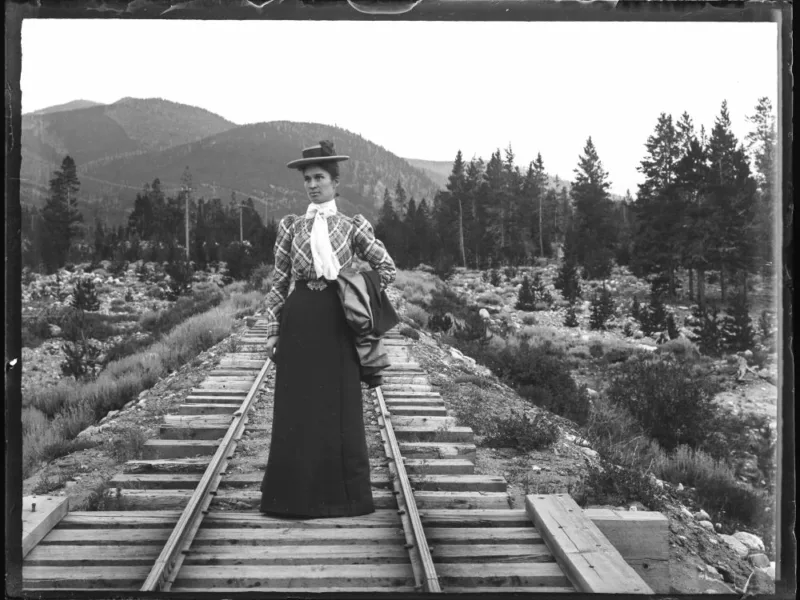
The world according to Mary Marks
The world according to Mary Marks as illustrated by digital images from the Mary M. Marks Photograph Collection.


The world according to Mary Marks as illustrated by digital images from the Mary M. Marks Photograph Collection.
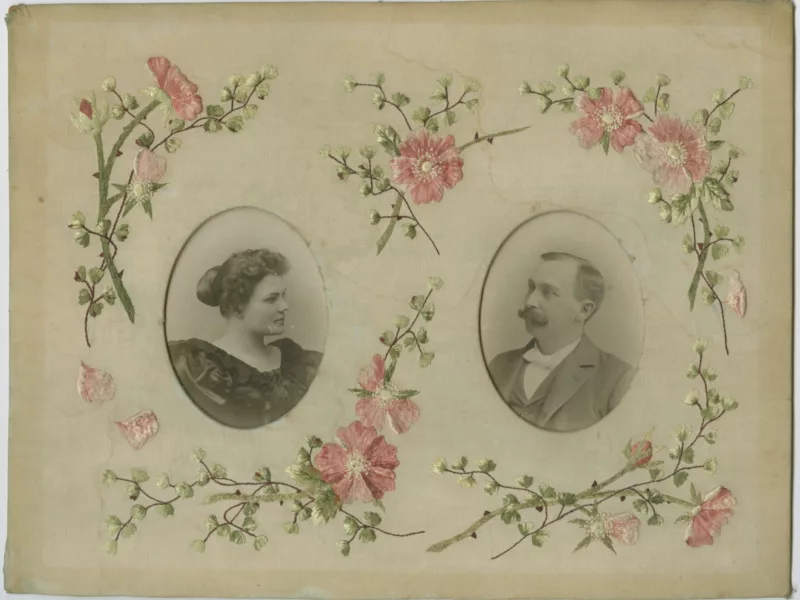
The Briggle House has a long history of being a community gathering house, and this year we’re reigniting that history!
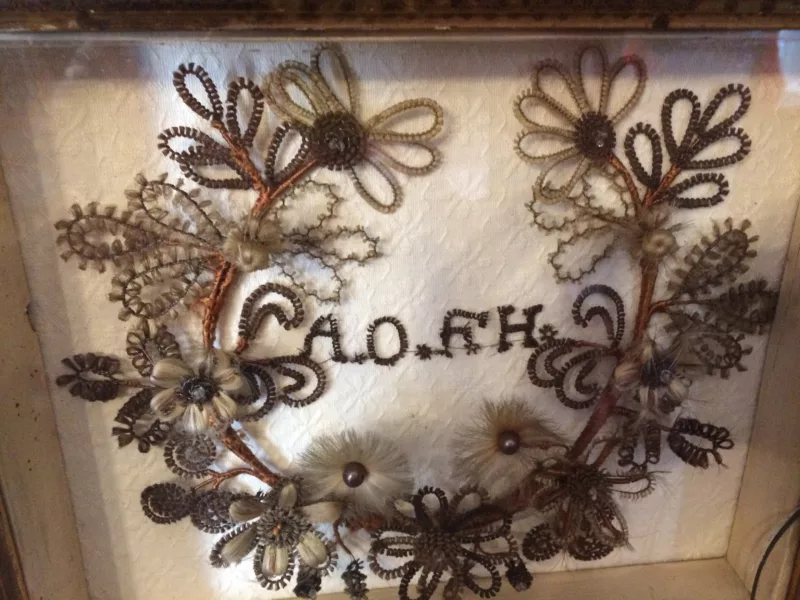
“Hair is at once the most delicate and last of our materials and survives us like love. It is so light, so gentle, so escaping from the idea of death, that, with a lock of hair belonging to…
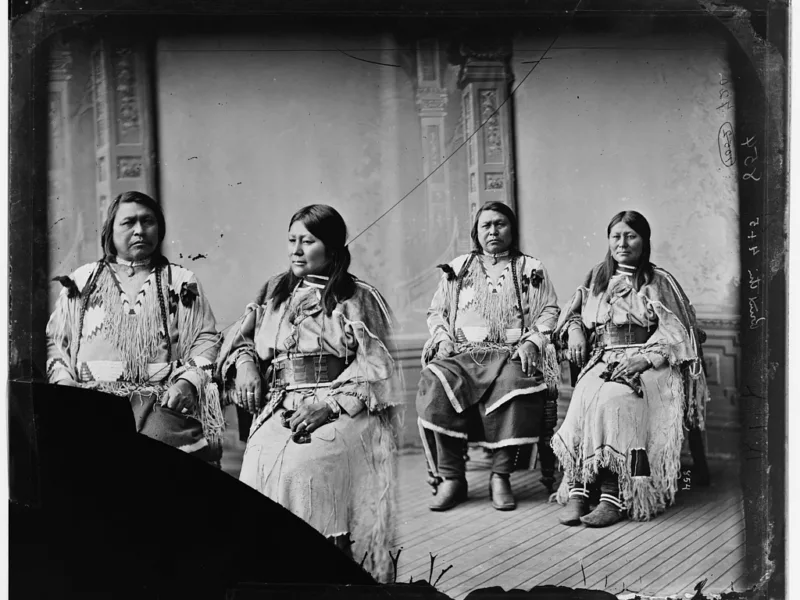
Learn about Ute history and their connection to Breckenridge as part of National American Indian Heritage Month.
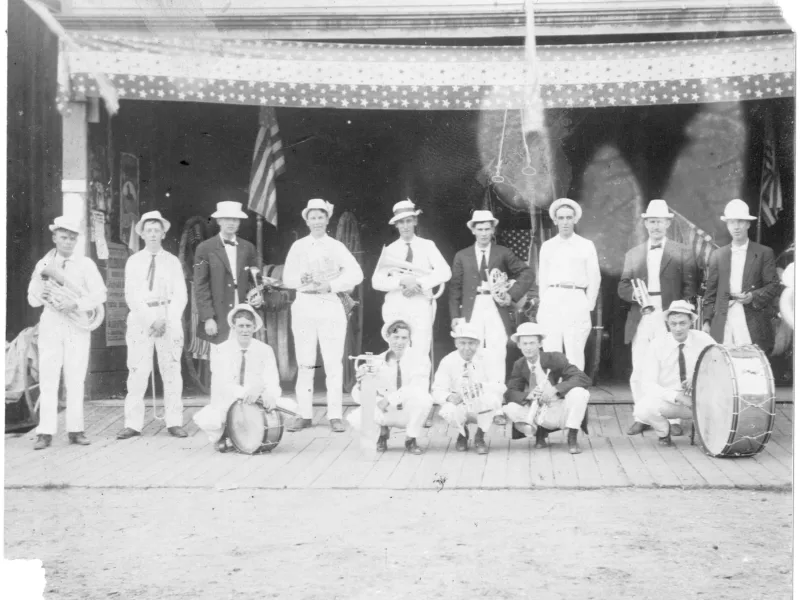
Learn more about Breckenridge’s musical history and the characters who have brought the sounds of summer to Breckenridge over the years.
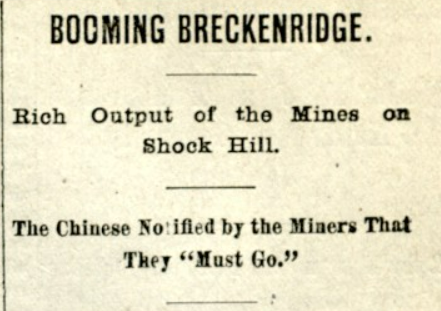
One of our new blog post categories is Our Collective History, but what does that really mean? When we think about history, there are specific events, ideas, and people who have helped to shape eras and places in…
The community of Breckenridge began in 1859-60 as a collection of rustic log cabins and a protective fort when a group of hearty prospectors and one woman over-wintered along the Blue River. The fort became known as Fort…
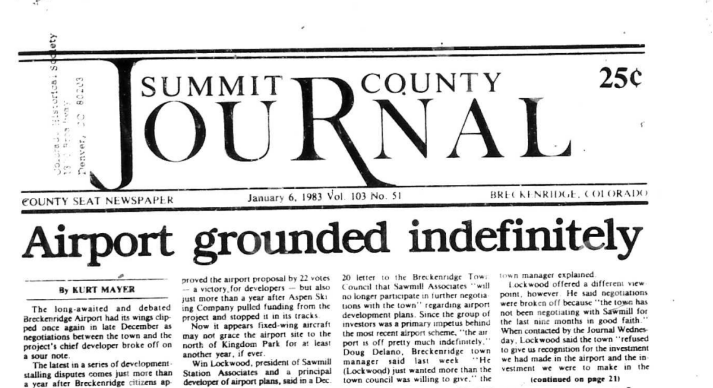
Breckenridge’s Airport Road remains the sole legacy of the history of airplanes and wished-for airport development in town. From the beginning of Breckenridge as a ski town, airplanes played an important role in the community’s growth. And while…
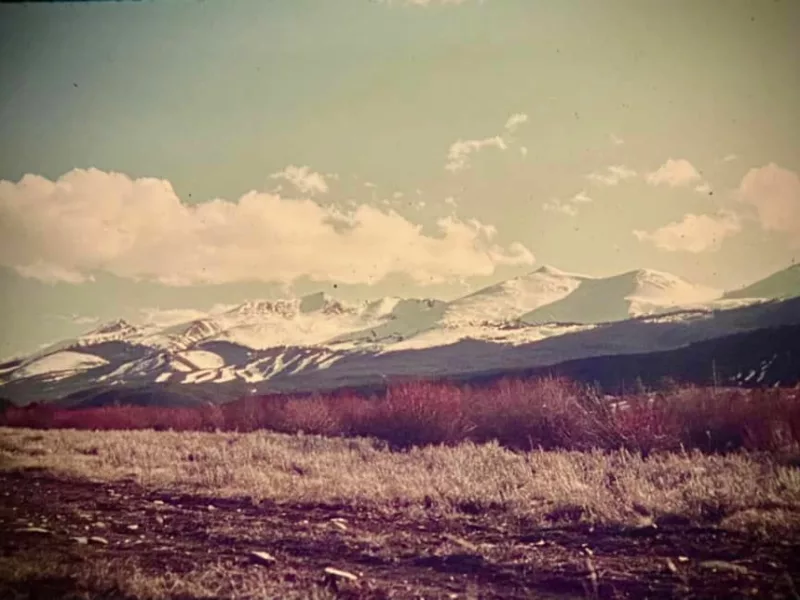
Breckenridge has an Airport Road, but no airport. Curious residents and visitors often ask Breckenridge History about the legacy of Airport Road. Learn more about the long and convoluted history of airplanes and airports in the Upper Blue…
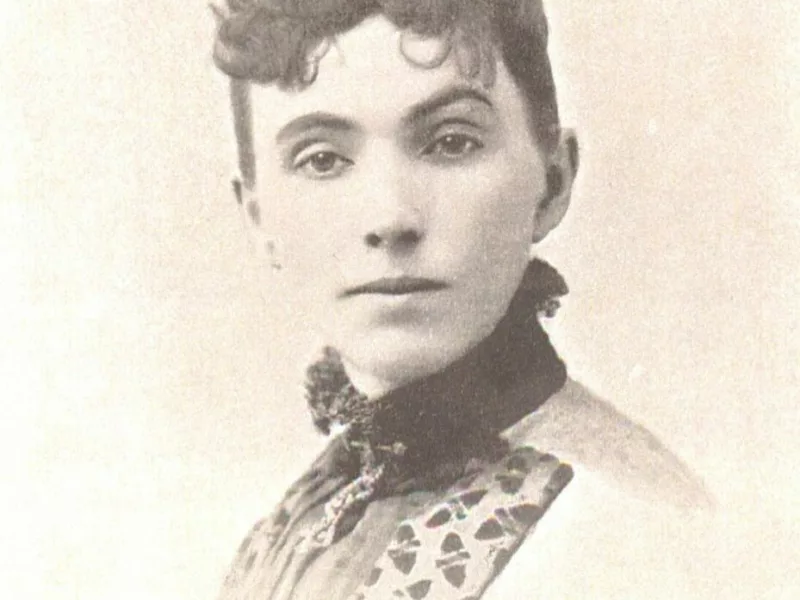
Florence Watson was a poet in Breckenridge during the late 1800s and early 1900s. Her book of poetry, “Sweet Summerland” was exhibited at the Chicago World’s Fair and she wrote numerous stories for the local newspapers.

Louis Ford, son of respected businessman and entrepreneur Barney L. Ford, chooses a life of crime in Part 3 of this series.
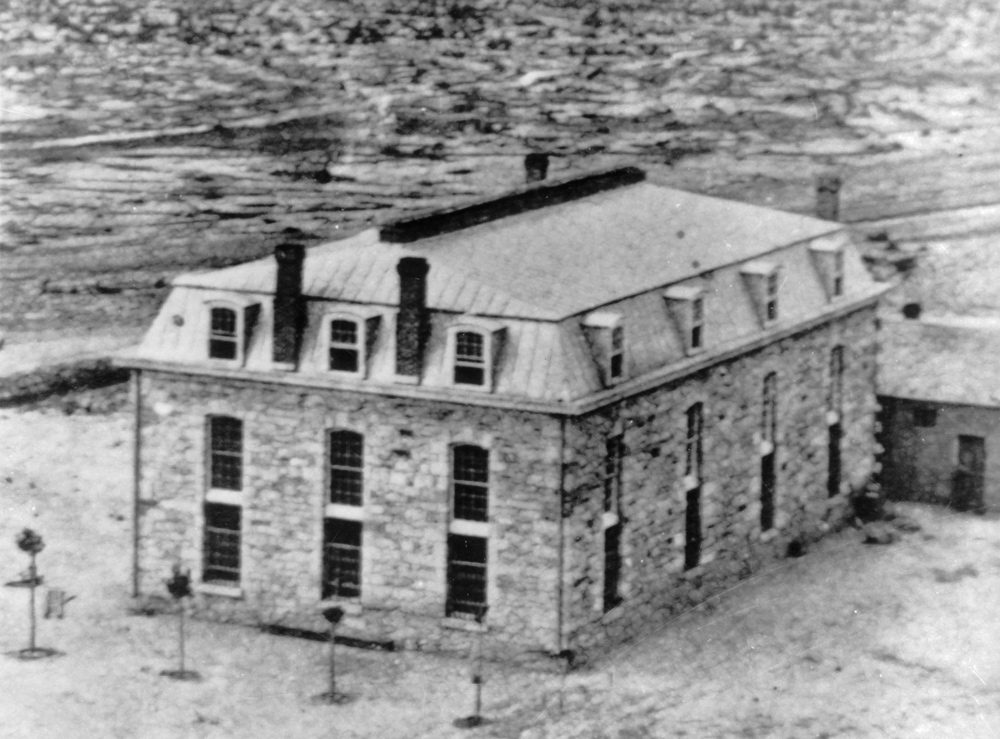
Louis Ford is accused of theft by a client at the Cheyenne hotel owned by his well-respected father, Barney L. Ford.
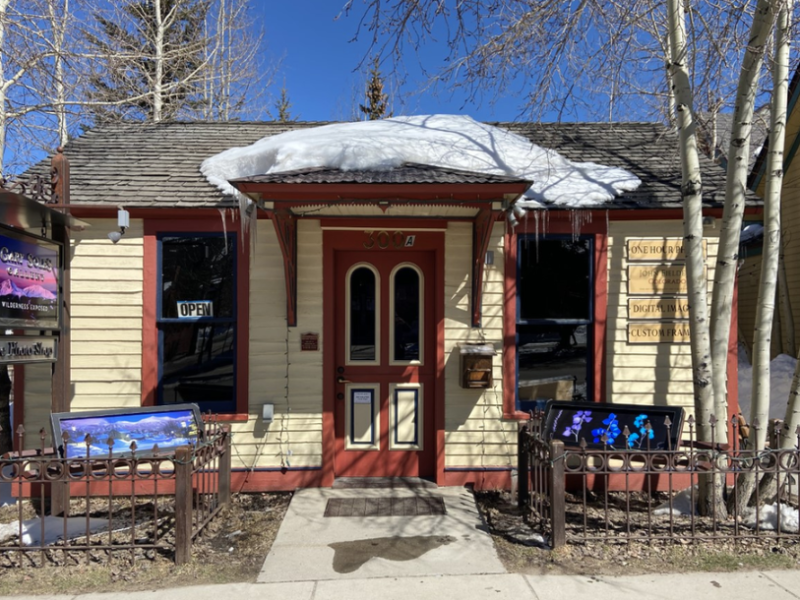
Breckenridge History reveals on how Louis Ford, son of Barney and Julia Ford, was influenced by the 1860’s Wild West in Cheyenne, WY.
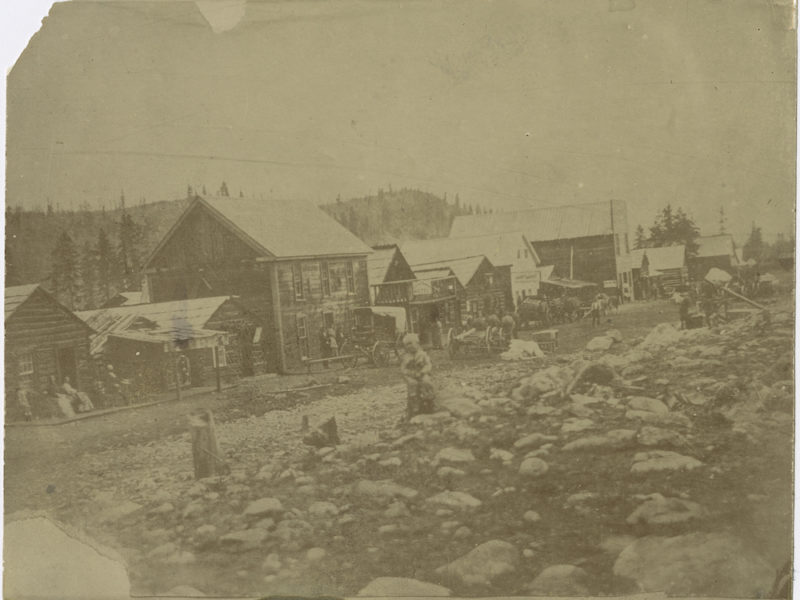
Breckenridge History is the leading authority on the rich and colorful history of our town. We are a small non-profit with a dedicated and passionate team of staff, volunteers, and historians. Part of our mission is to share our town’s heritage with the public and we offer museums, tours, hikes, and gold panning here in charming Breckenridge. For those who prefer a good read or can’t make it to Breckenridge to visit us, we’ve written essays on various topics.
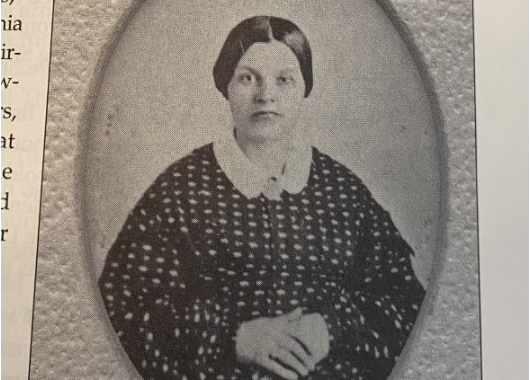
Pioneering women of Breckenridge’s early days survived and thrived in the unforgiving mountain environment of Colorado’s mining communities.
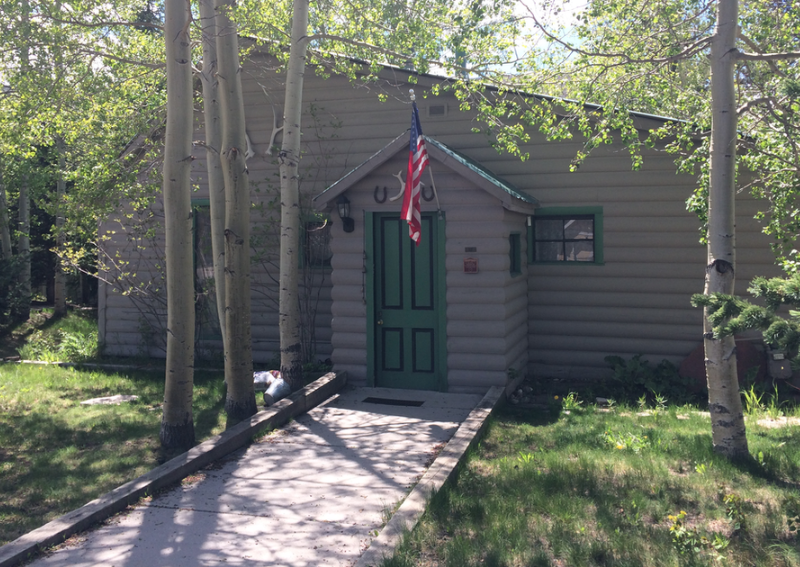
Belle Turnbull and Helen Rich were women of literature who found inspiration in gritty Breckenridge, Colorado during the Great Depression.
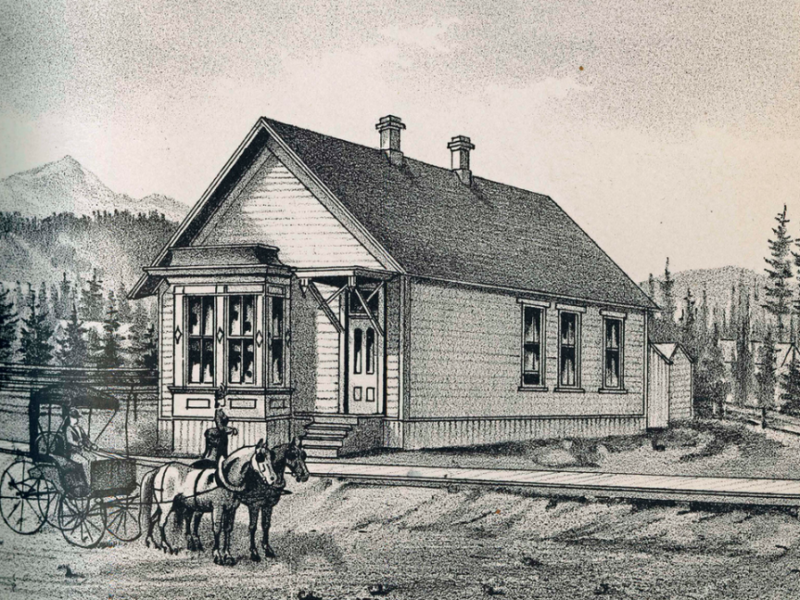
Mr. Barney L. Ford ascended to wealth and political prominence in frontier Colorado but what about the women in his life – Julia and Sarah?
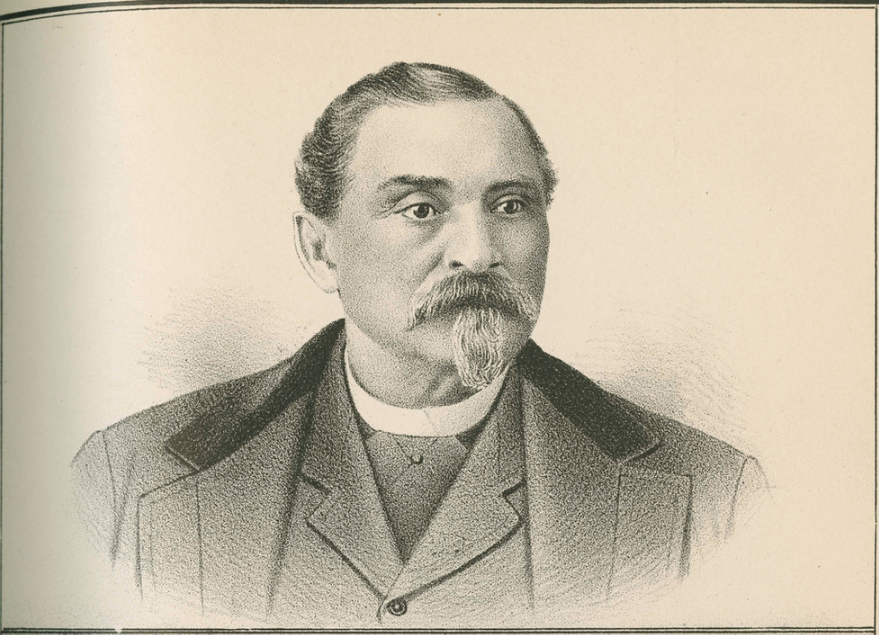
Mr. Barney L. Ford’s story changed completely in spring 2021 when the Breckenridge Heritage Alliance received a new primary source document.
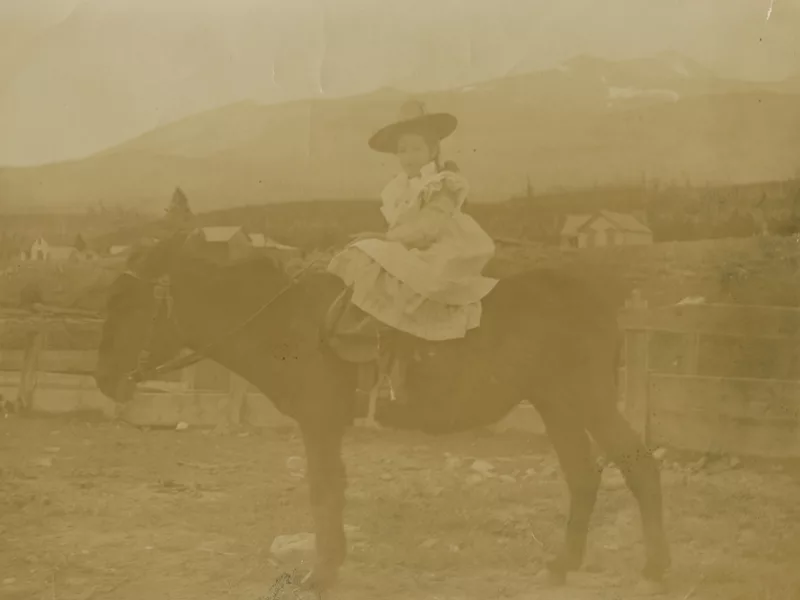
Where did Breckenridge, Colorado get its name? Every town has its origin story.
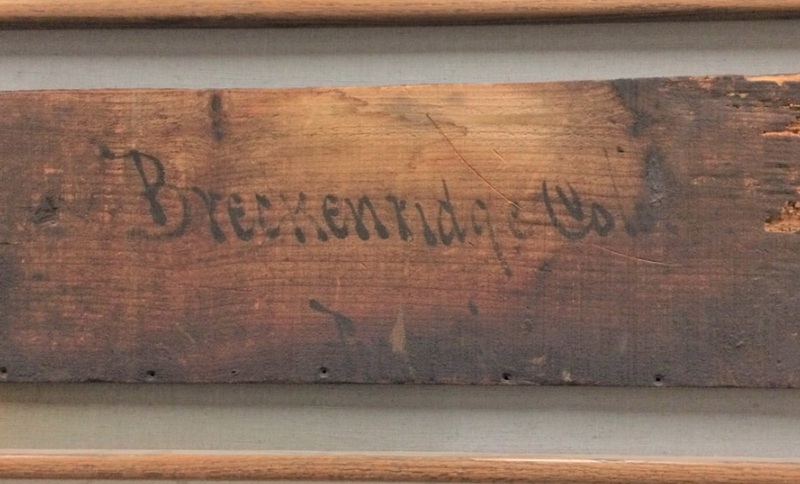
Lending his name to the town’s post office chartered in February 1860, John Cabell Breckinridge was linked to Breckenridge, CO forever.
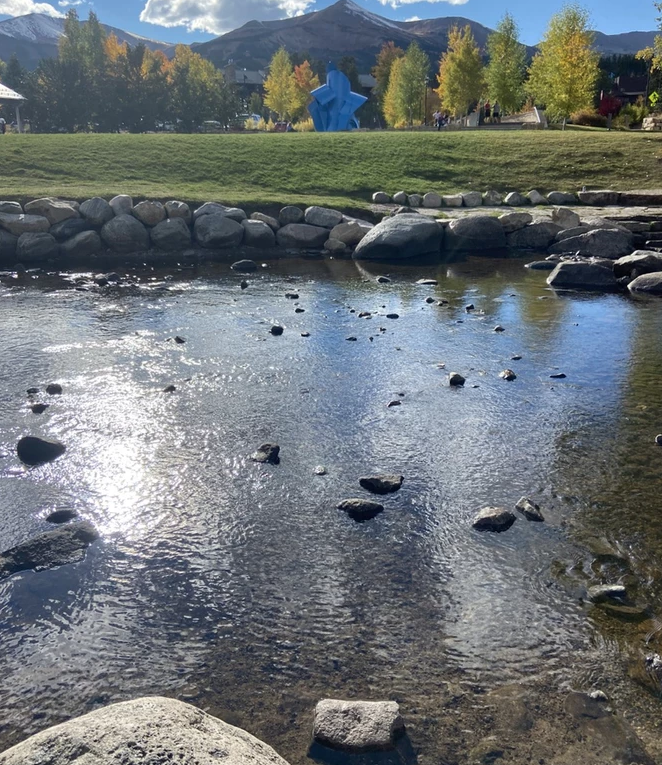
Breckenridge History honors all history and celebrates the first human inhabitants of the area, the Utes.
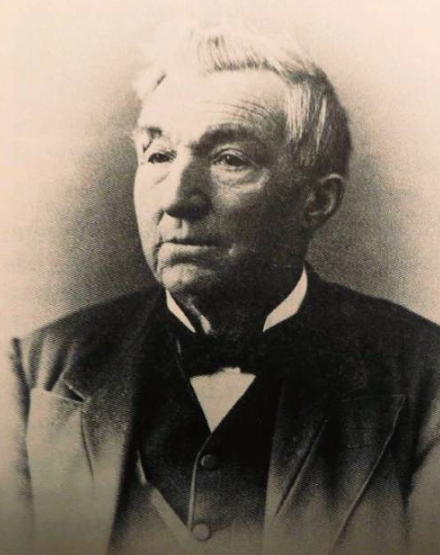
Father John Lewis Dyer traveled to Breckenridge later in life but left his mark as a minister, miner, and mailman.
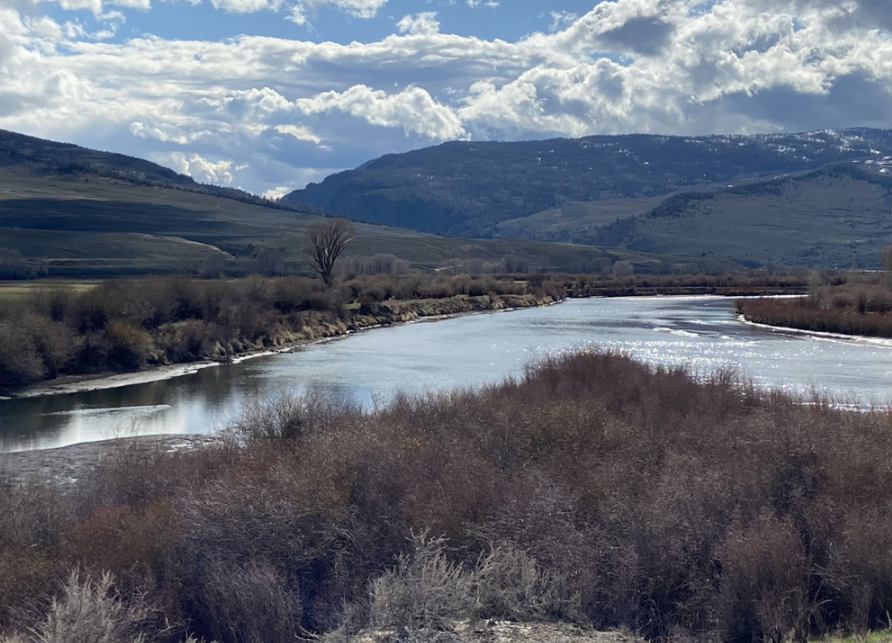
Captain Sam Adams convinces the community of Breckenridge to help him seek passage to the Pacific, competing with John Wesley Powell.
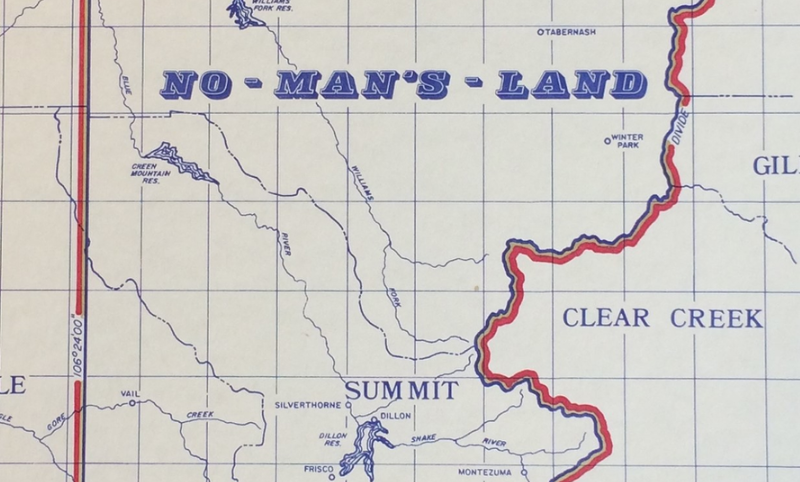
Locals of Breckenridge, CO celebrated No Man’s Land Festival for decades, eventually leading to Ullr Fest, its famed winter carnival.

Breckenridge’s first winter carnival, Ullr Dag, had a tall order to fill: make Breckenridge stand out from other ski resorts in Colorado.
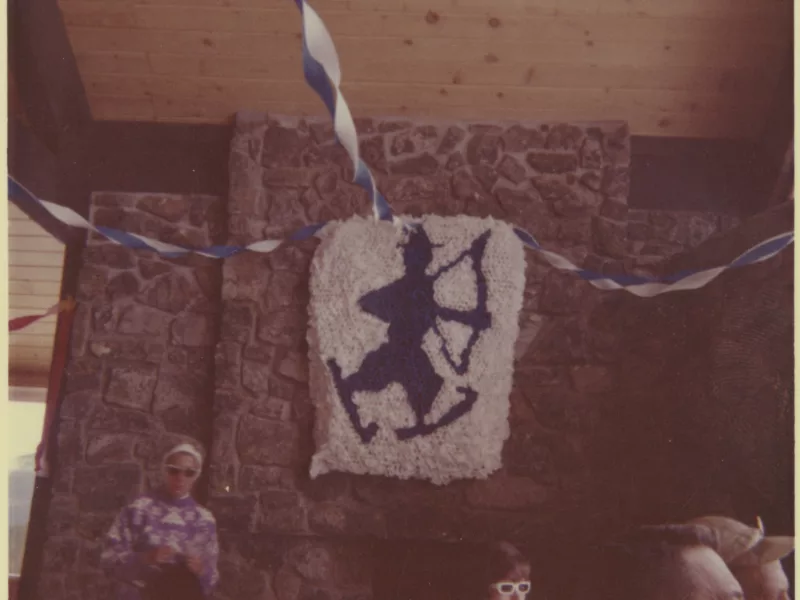
Breckenridge’s Ullr Dag festival was dedicated to the proposition that all are entitled to a weekend of merry-making.

While UllrFest was canceled in 2020 due to the pandemic, that wasn’t the first time people thought they had seen the last of UllrDag.